Introduction To Surface Energy
Description of Surface Energy
Surface energy is a fundamental property that affects material interactions at surfaces. It influences adhesion, wettability and material behaviour.
Surface energy plays a central role in determining how materials interact with their surroundings. It represents the excess energy at a material's surface compared to its bulk. This discrepancy arises from an imbalance in intermolecular forces.
Surface Energy vs. Surface Tension
Although the terms are often used interchangeably, surface energy and surface tension refer to distinct concepts. Surface tension describes the force per unit length at the surface of a liquid, while surface energy pertains to the energy required to enlarge the surface area of a material.
Measurement of Surface Energy
Accurate measurement of surface energy is essential for various applications in industry and research. Different methods are employed to determine surface energy, each with its own advantages and limitations.
Contact Angle Measurement
A common method involves measuring the contact angle of a liquid droplet on the surface of a material. The contact angle provides information regarding wettability and, consequently, surface energy.
Wilhelmy Plate Method
This method utilises a thin plate that is immersed in a liquid. The force exerted on the plate is measured, thereby enabling the calculation of surface energy.
|
Method |
Description |
Advantages |
Limitations |
|
Contact Angle |
Measures the angle between a liquid droplet and the surface |
Simple, non-destructive |
Sensitive to surface roughness |
|
Wilhelmy Plate |
Utilises a plate immersed in a liquid for force measurement |
Accurate for liquids with known properties |
Requires precise instrumentation |
|
Owens-Wendt-Rabel-Kaelble |
Combines contact angle measurements with surface energy components |
Offers detailed surface energy components |
Involves complex calculations |
|
Tensiometry |
Measures surface tension using various techniques |
Versatile across different liquids |
Can be affected by contaminants |
Further information is available at Stanford Advanced Materials (SAM).
Calculation of Surface Energy
Surface energy (γ) is typically measured in units of force per unit length (e.g. N/m) or energy per unit area (e.g. J/m²). It can be determined experimentally using methods such as the droplet method (contact angle measurement) or the maximum bubble pressure method.
Surface energy is frequently calculated using the following formula:
γ = W/A
where:
- γ is the surface energy (in N/m or J/m²),
- W represents the work required to create a new surface (in Joules),
- A denotes the area of the generated surface (in square metres).
Applications of Surface Energy
Surface energy has relevance in several sectors, including coating technologies and biomedical devices. Control of surface energy is essential for improving product performance and durability.
Adhesion and Coatings
In coatings, controlling surface energy ensures adequate adhesion and extended service life. Surfaces with high surface energy facilitate better bonding with coatings and enhance their protective performance.
Biomedical Devices
In the biomedical field, surface energy affects cell adhesion and protein interactions. This, in turn, can influence the performance of implants and diagnostic instruments.
Frequently Asked Questions
What is the difference between surface energy and surface tension?
Surface energy is the energy required to increase a material's surface area, while surface tension is the force per unit length at the surface of a liquid.
How is surface energy measured?
Surface energy can be measured using techniques such as contact angle measurement, the Wilhelmy plate method, the Owens-Wendt-Rabel-Kaelble method and tensiometry.
Why is surface energy important in material science?
It influences material interactions with the environment, affecting properties such as adhesion, wettability and compatibility with coatings.
Can surface energy be modified?
Yes, surface energy can be altered by chemical treatments, plasma treatments or by modifying surface roughness.
For which applications is knowledge of surface energy particularly important?
This includes coating technologies, adhesive formulations, biomedical devices and the design of non-stick surfaces.

 Bars
Bars
 Beads & Spheres
Beads & Spheres
 Bolts & Nuts
Bolts & Nuts
 Crucibles
Crucibles
 Discs
Discs
 Fibers & Fabrics
Fibers & Fabrics
 Films
Films
 Flake
Flake
 Foams
Foams
 Foil
Foil
 Granules
Granules
 Honeycombs
Honeycombs
 Ink
Ink
 Laminate
Laminate
 Lumps
Lumps
 Meshes
Meshes
 Metallised Film
Metallised Film
 Plate
Plate
 Powders
Powders
 Rod
Rod
 Sheets
Sheets
 Single Crystals
Single Crystals
 Sputtering Target
Sputtering Target
 Tubes
Tubes
 Washer
Washer
 Wires
Wires
 Converters & Calculators
Converters & Calculators
 Write for Us
Write for Us
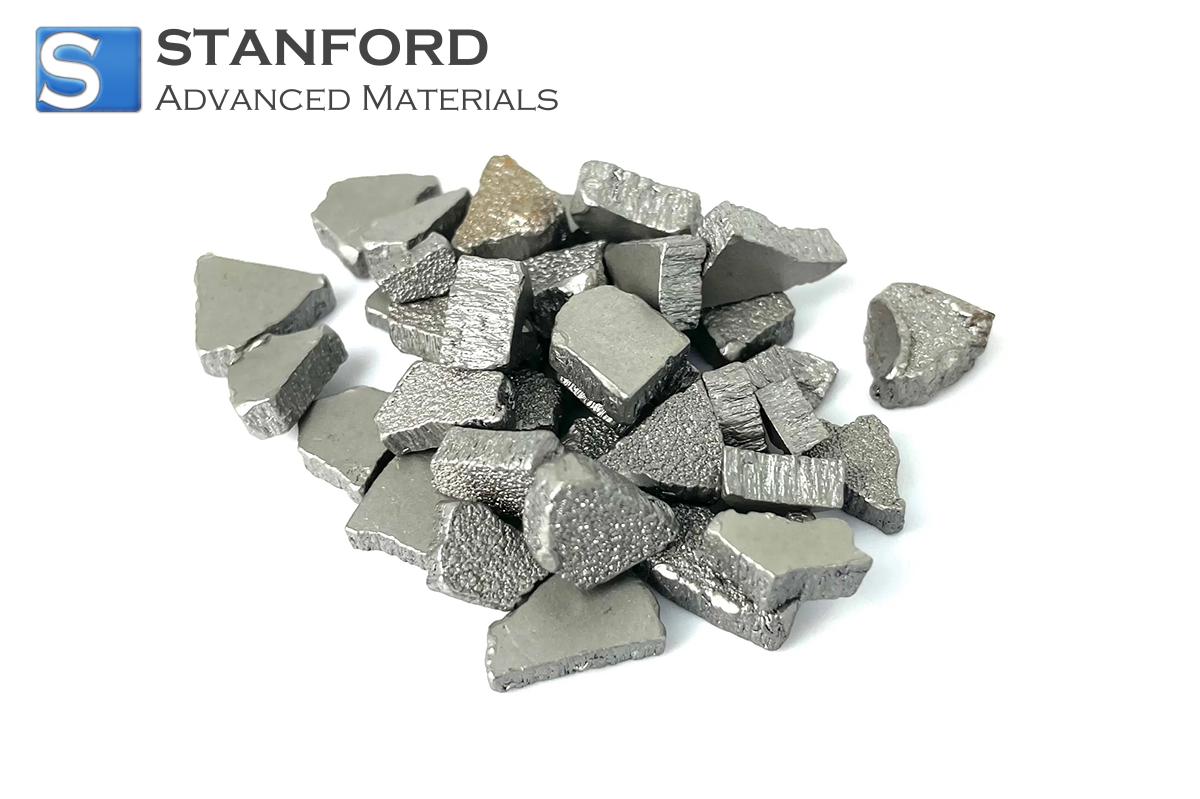
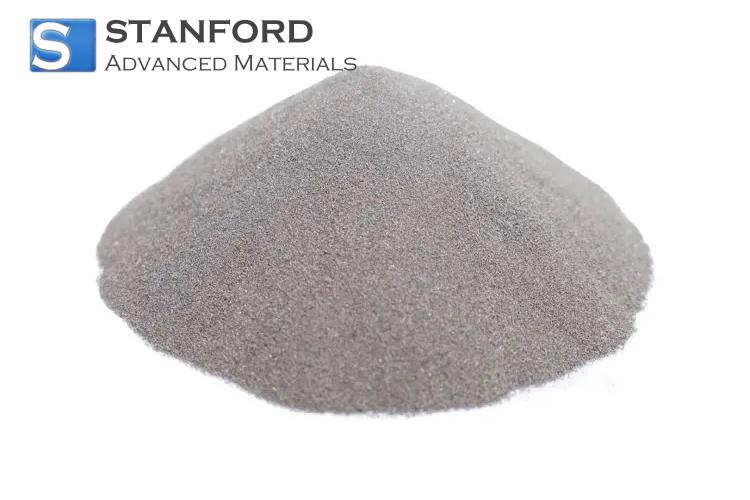
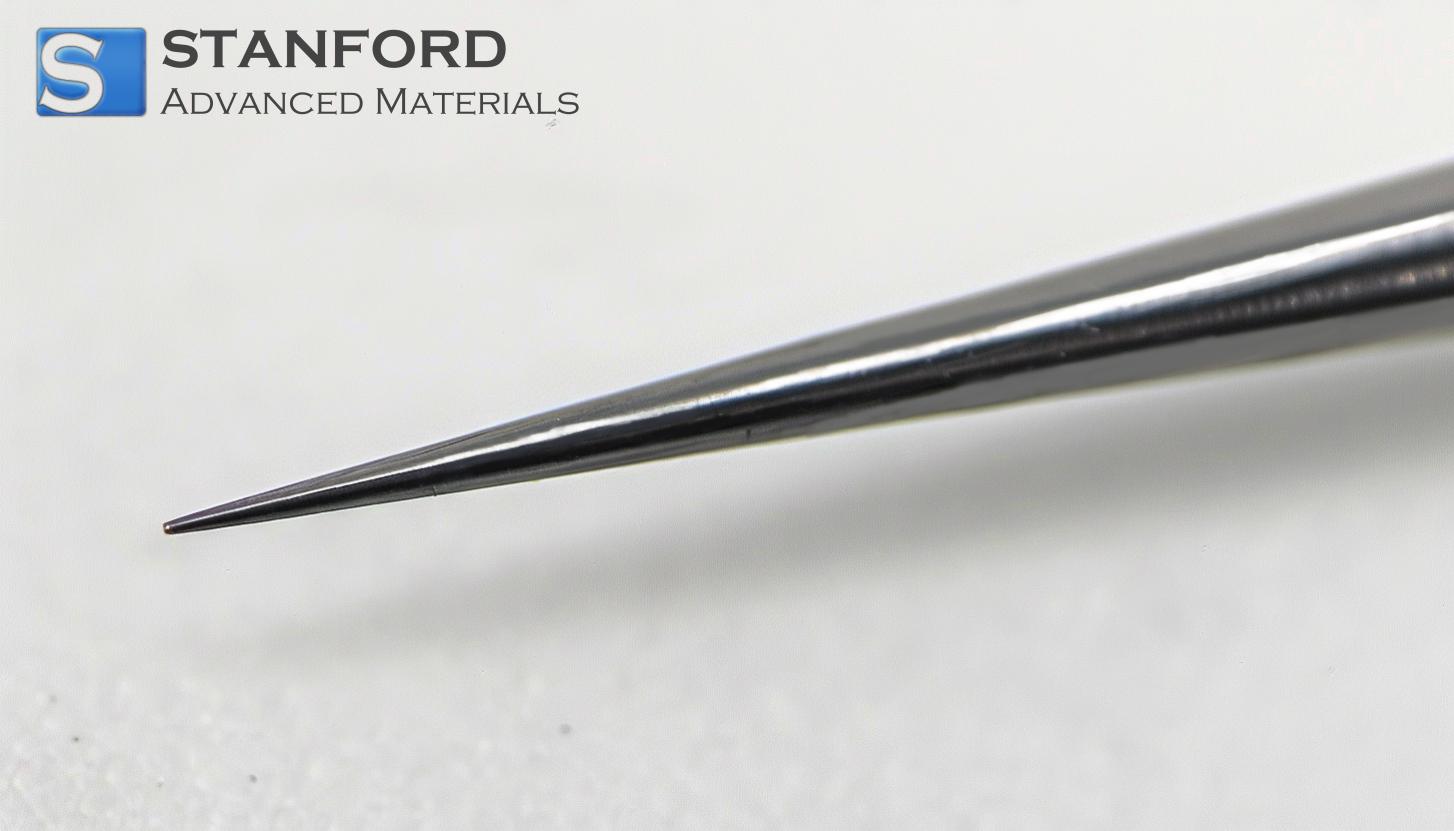
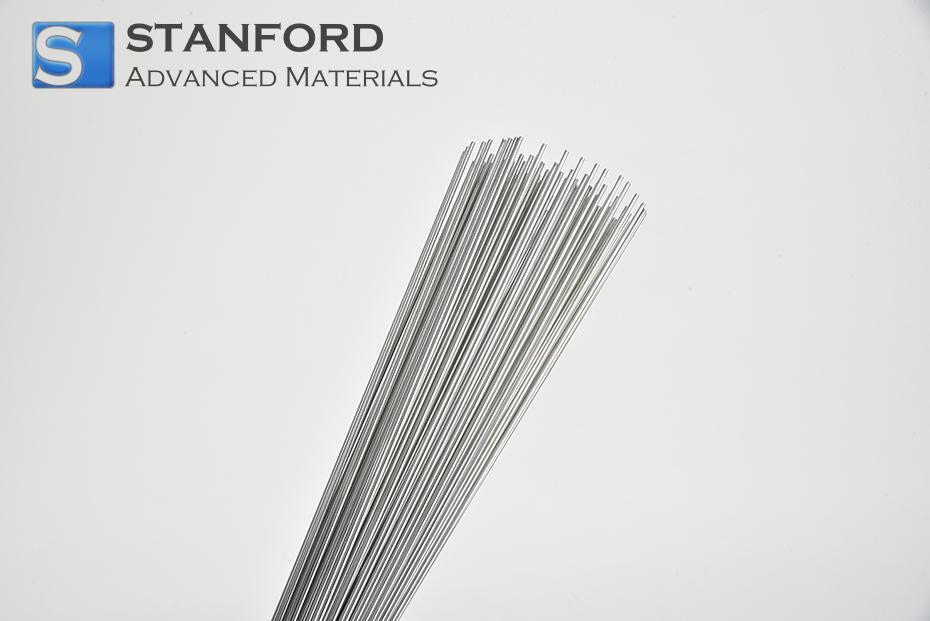
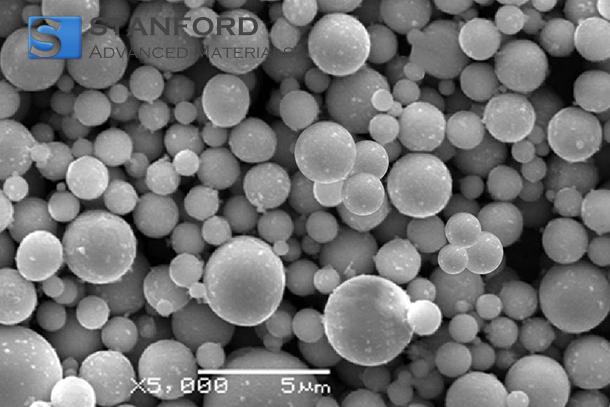
 Chin Trento
Chin Trento



